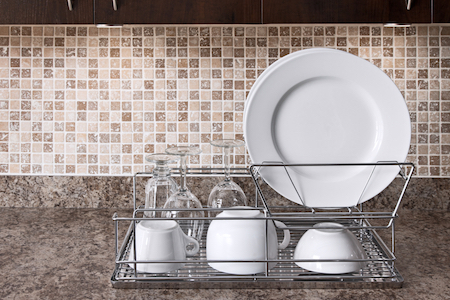 Energy costs account for a considerable amount of every homeowner’s budget. According to the Consumer Federation of America (CFA), the average annual utility costs are $2,200. Trimming that expense, even by a few dollars, can save hundreds each year—and save the environment from the effects of excess consumption.
Energy costs account for a considerable amount of every homeowner’s budget. According to the Consumer Federation of America (CFA), the average annual utility costs are $2,200. Trimming that expense, even by a few dollars, can save hundreds each year—and save the environment from the effects of excess consumption.
Start saving energy at home with these tips, shared recently by the CFA.
1. Air-dry dishes, instead of drying them in the dishwasher. Avoid turning on the dishwasher until it is absolutely full, as ell—cycling through a wash every night is a high energy-consuming task.
2. Buy ENERGY STAR® products. If it is time to replace an appliance, purchase a model with the ENERGY STAR label, which indicates the appliance meets energy efficiency standards.
3. Install a programmable thermostat to control the temperature in the home at different times of day automatically—this can save $100 a year, making the expense well worth the cost.
4. Replace incandescent light bulbs with LED (light-emitting diode) bulbs, which, according to the CFA, use up to 25 percent less energy. Replace them only when the incandescents burn out, however—the goal is to avoid unnecessary consumption overall.
5. Seal drafts with caulk or weatherstripping to prevent air leakage—this is proven to save hundreds in cooling and heating costs. Spray foam insulation can be used on the exterior of the home to seal gaps around the chimney, foundation, pipes and windows.
6. Set up motion detectors, or set timers, to control lighting when not in use. Use power strips where appropriate to keep energy use to a minimum at night.
7. Turn down the water heater to 120 degrees Fahrenheit. Water heaters, the CFA reports, are the second-highest energy consumers in homes. Turning down the thermostat on them by a few degrees can significantly reduce their energy use.
8. Conduct an energy audit. Many utilities companies offer free energy audits, which is a type of inspection that reveals the most energy-consuming (and costly) aspects in the home.


